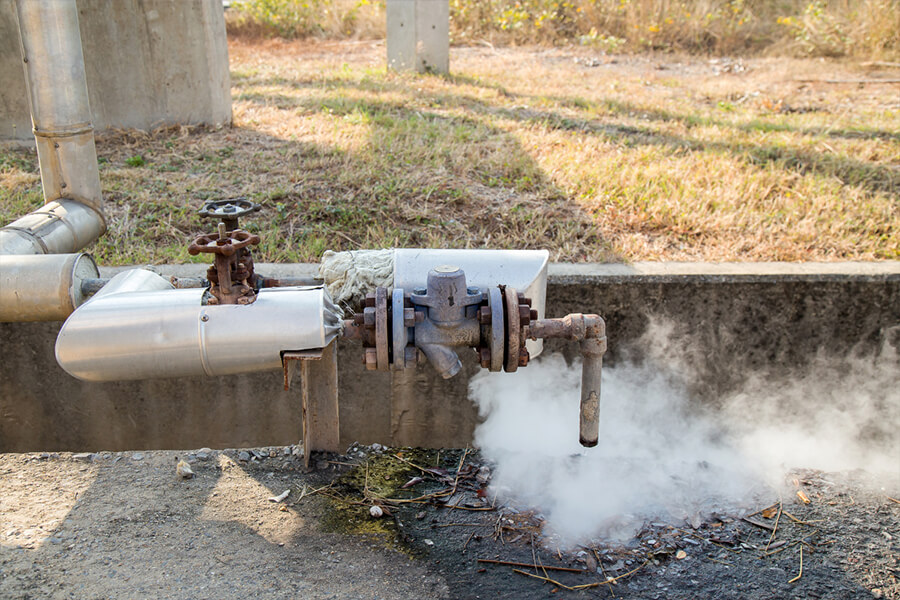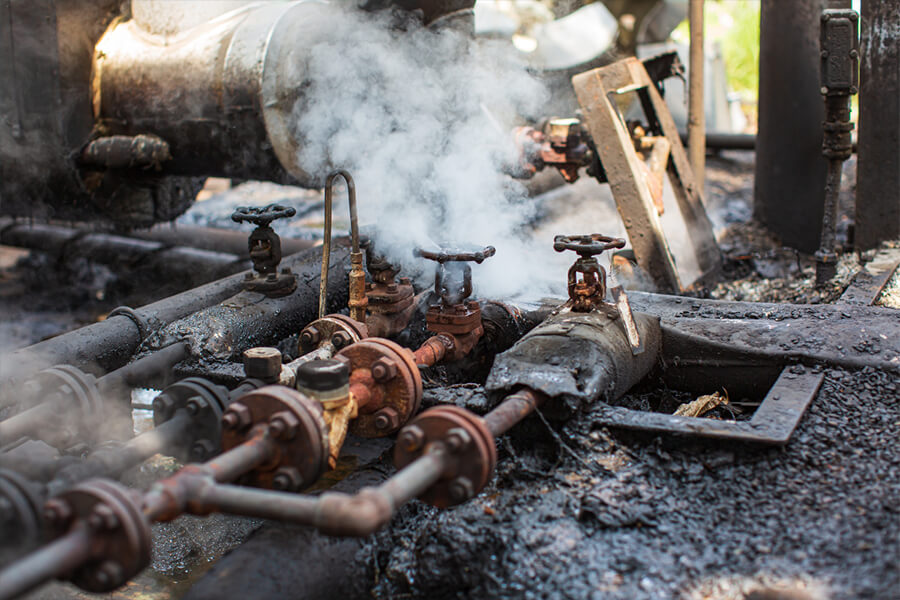Case

Case

There are many reasons that affect the damage of the valve sealing surface, including mechanical wear and high-speed erosion caused by incorrect selection, cavitation of the medium, various corrosion, jamming of impurities, selection of valve core and seat material and heat treatment process , Seal deformation caused by water hammer, etc.
Cause analysis of steam leakage caused by poor sealing of steam valve
The contact between the sealing surfaces, the contact between the sealing surface and the closing body and the valve body, the concentration difference of the medium, the oxygen concentration difference and other reasons will cause potential differences and electrochemical corrosion, resulting in the sealing surface on the anode side being eroded. Chemical erosion of the medium, when the medium near the sealing surface does not generate current, the medium directly plays a chemical role with the sealing surface and erodes the sealing surface.


It is the result of wear, flushing and cavitation of the sealing surface when the medium is active. When the medium is at a certain speed, the floating fine particles in the medium collide with the sealing surface, causing local damage, and the high-speed flowing medium directly washes the sealing surface, causing local damage. When the medium is mixed and partially vaporized, gas bubbles will explode Impact the surface of the sealing surface, causing local damage. The erosion of the medium and the alternating action of chemical erosion will strongly erode the sealing surface.
The main performance is that the valve is not selected according to the working conditions, and the cut-off valve is used as a throttle valve, resulting in excessive closing specific pressure, too fast or loose closing, and erosion and wear of the sealing surface.
It is mainly manifested in defects such as cracks, pores and inclusions on the sealing surface, which are caused by improper selection of surfacing welding and heat treatment specifications and poor operation during surfacing and heat treatment. Caused by wrong divergence or improper heat treatment, the sealing surface has uneven hardness and is not resistant to corrosion, mainly because the underlying metal is blown to the top during the surfacing process, which dilutes the alloy composition of the sealing surface.
Lead to abnormal work of the sealing surface, and the valve operates with a disease, which damages the sealing surface prematurely. Sometimes brutal operation and excessive closing force are also the reasons for the failure of the sealing surface, but it is often not easy to find and judge.
The uncleaned welding slag and excess gasket material of the steam pipe welding, and the scaling and shedding of the steam system are the root causes of impurities. If the 100-mesh steam filter is not installed in front of the control valve, it is very easy to damage the sealing surface due to jamming.
It can be seen that the causes of damage to the sealing surface can be summarized as man-made damage and application damage. Man-made damage is caused by factors such as poor design, poor manufacturing, improper material selection, improper installation, poor use, and poor maintenance. Application damage is the wear of the valve under normal working conditions, and it is the damage caused by the inevitable erosion and erosion of the sealing surface by the medium.
Only by doing a good job in the prevention of damage can the loss be reduced and the service life extended. No matter what kind of damage, correctly select the appropriate steam valve, install, configure and debug in strict accordance with the installation and use manual, and regular maintenance is to prolong the life of the valve and reduce the leakage caused by the damage of the sealing surface.
Previous What are 3 types of check valve?